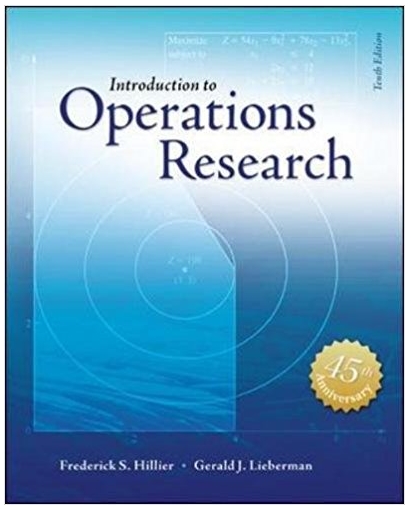The addition rule in probability states that, for two events E1 and E2, the probability that one
Fantastic news! We've Found the answer you've been seeking!
Question:
The addition rule in probability states that, for two events E1 and E2, the probability that one or the other of the events (possibly both) occurs is given by:
P(E1 or E2) = P(E1) + P(E2) - P(E1 and E2)
Program a calculator function that accepts the probabilities of E1, E2, and (E1 and E2) and then calculates the probability (E1 or E2) according to this formula.
However, there are a couple of things you should check:
All probabilities should be between 0 and 1
• The probability that events E1 and E2 both occur should not be greater than the probability of either of the individual events.
Related Book For 

Introduction to Operations Research
ISBN: 978-1259162985
10th edition
Authors: Frederick S. Hillier, Gerald J. Lieberman
Posted Date:




